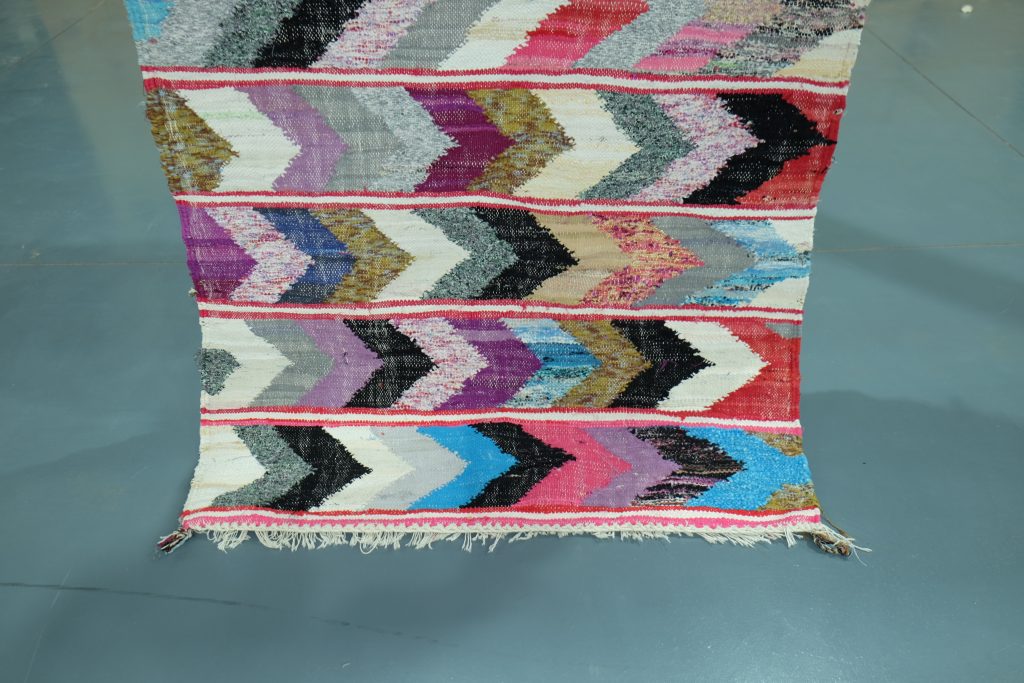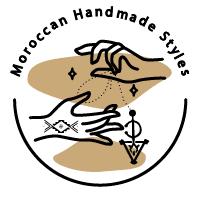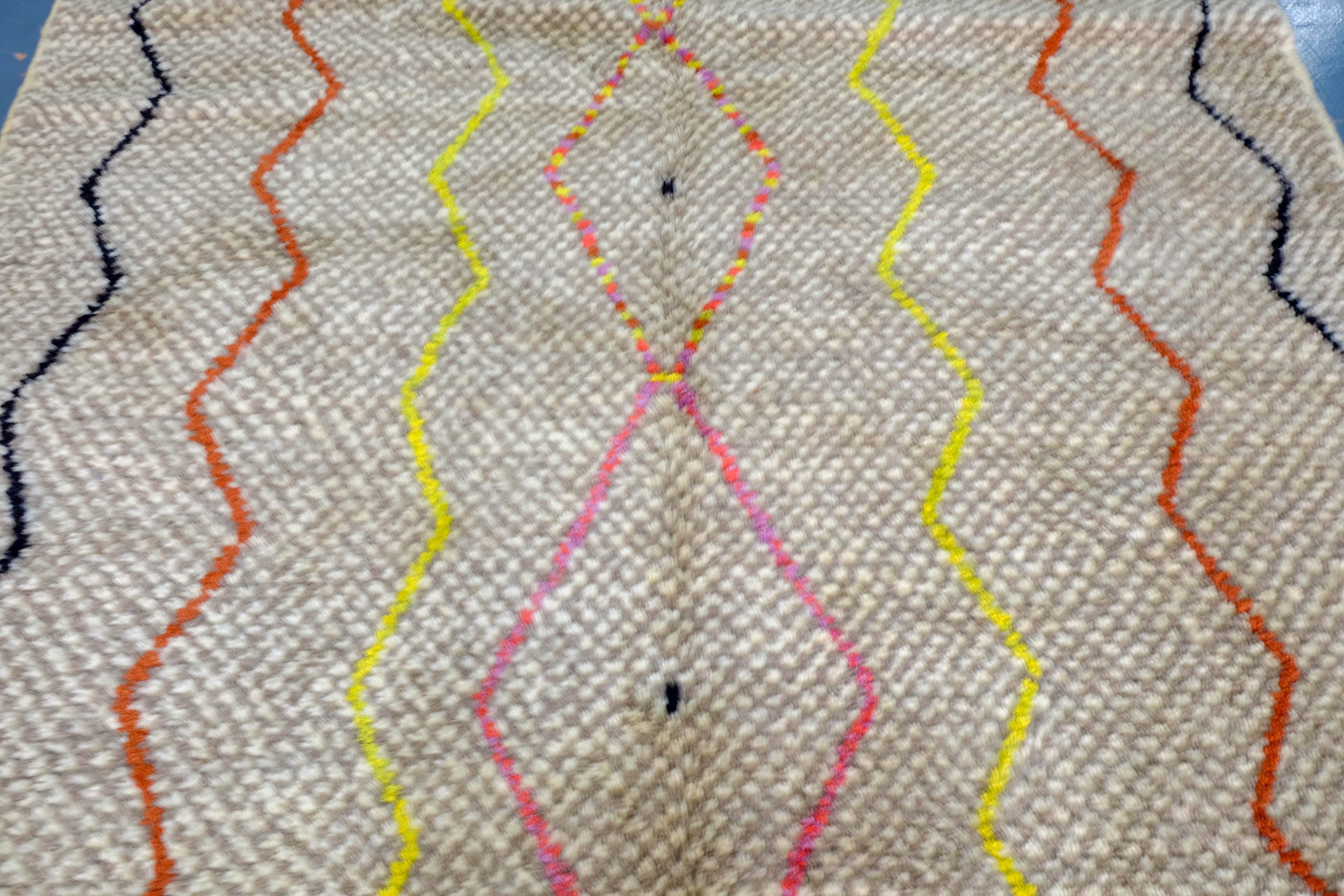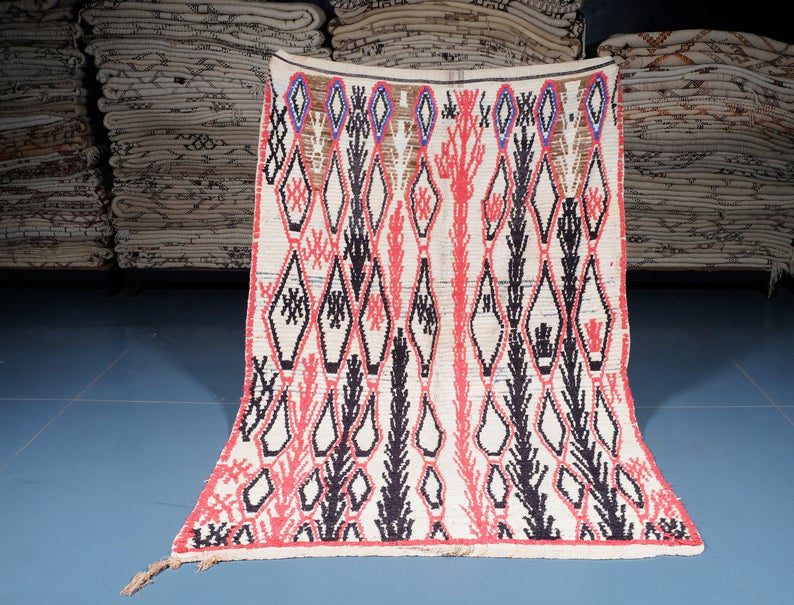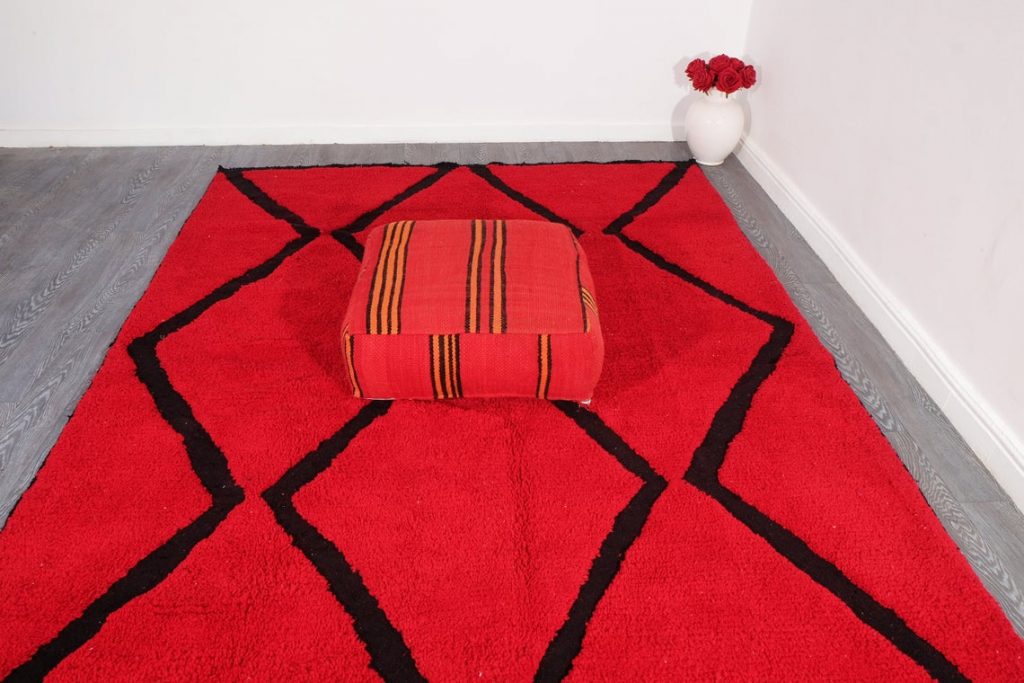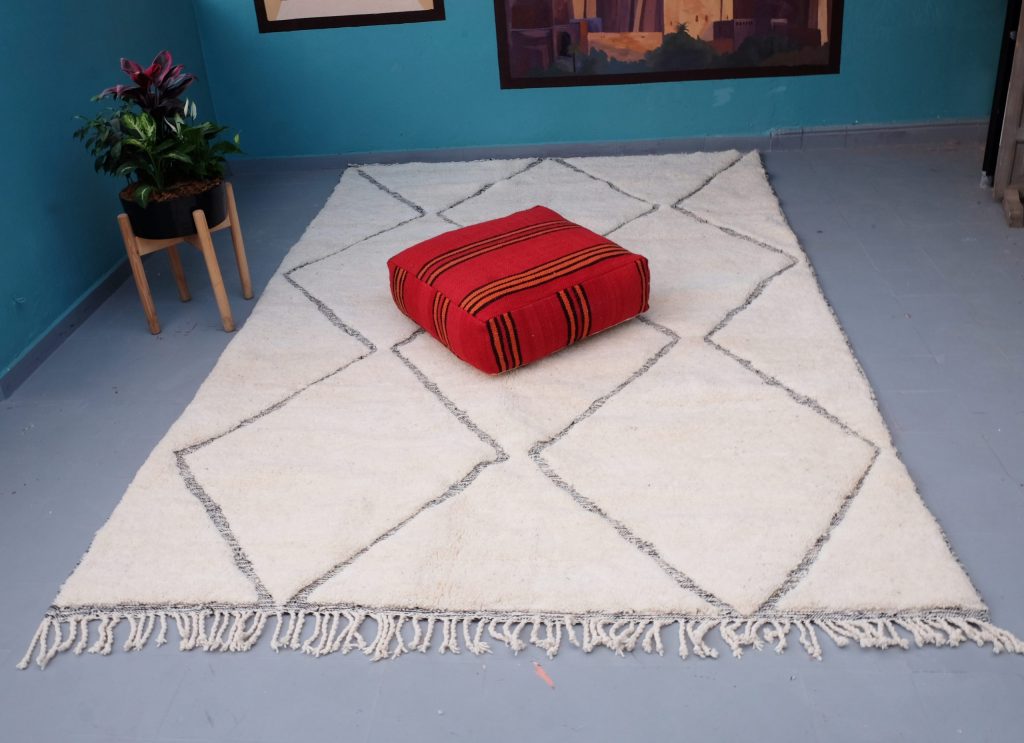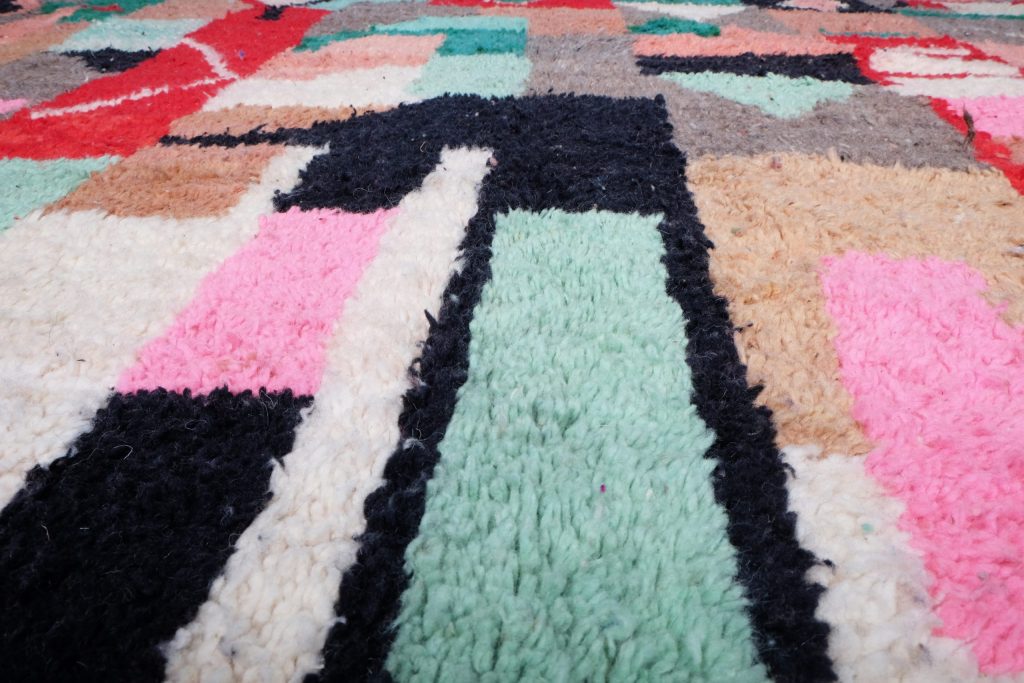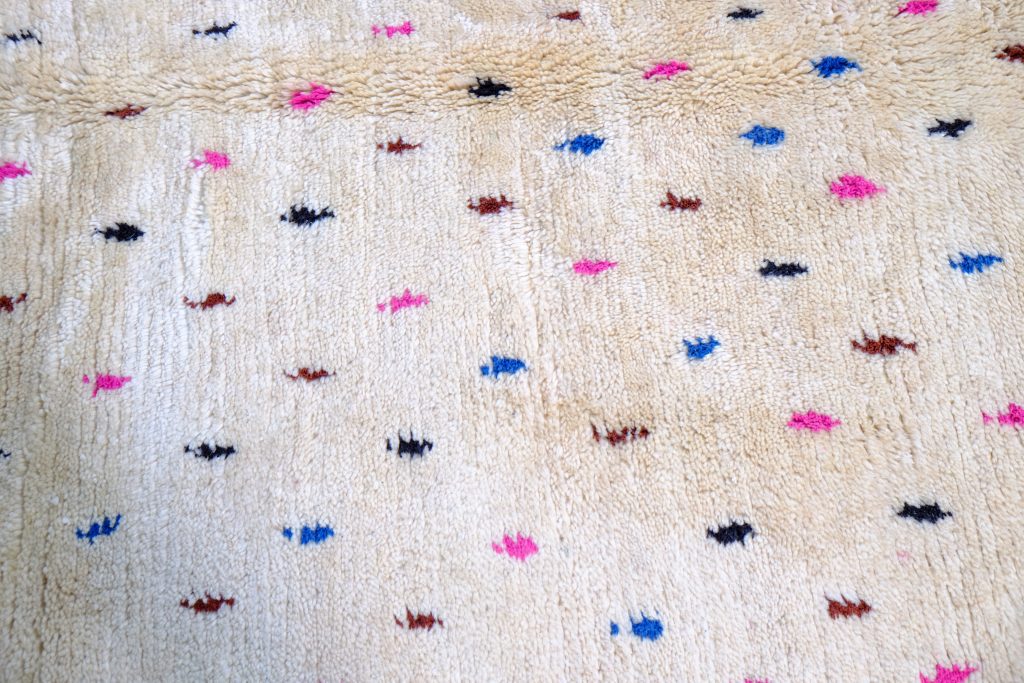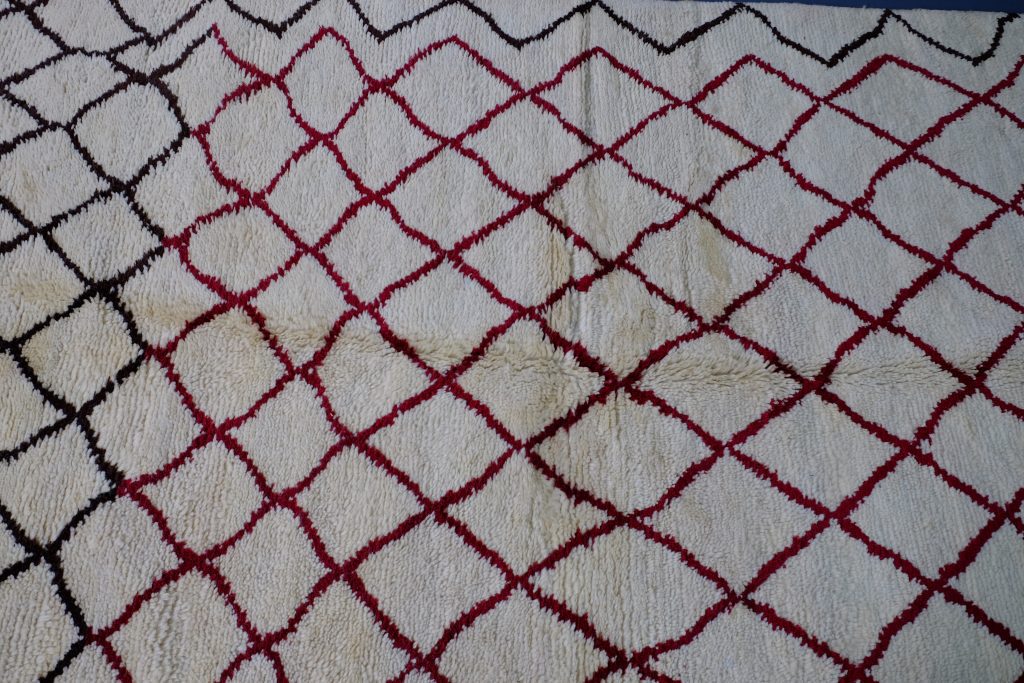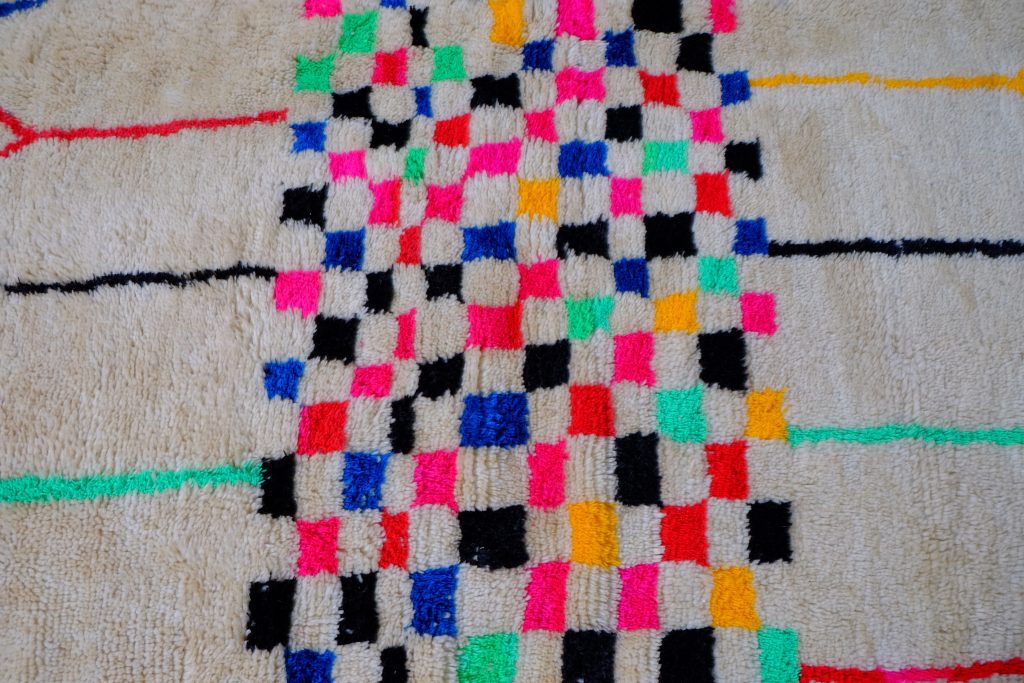In an more and more digitized world, the handmade allure of Berber Moroccan rugs injects much-needed tactility into house interiors.
Weaving has been intrinsic to the tradition of the semi-nomadic Berber peoples of North Africa for hundreds of years. Their rugs and tapestries thrive on imperfections, with crooked strains and asymmetrical compositions which might be each geometric and soulful, minimalist and vigorous.
Historically Berber rugs have been made by ladies deftly weaving tapestries from wool or recycled textiles at house, with little altering from era to era, whereas the boys have been working open air tending to sheep and goat herds. It was not till across the 1920s that European tastes developed and determined that these conventional weaves have been now “fashionable.”
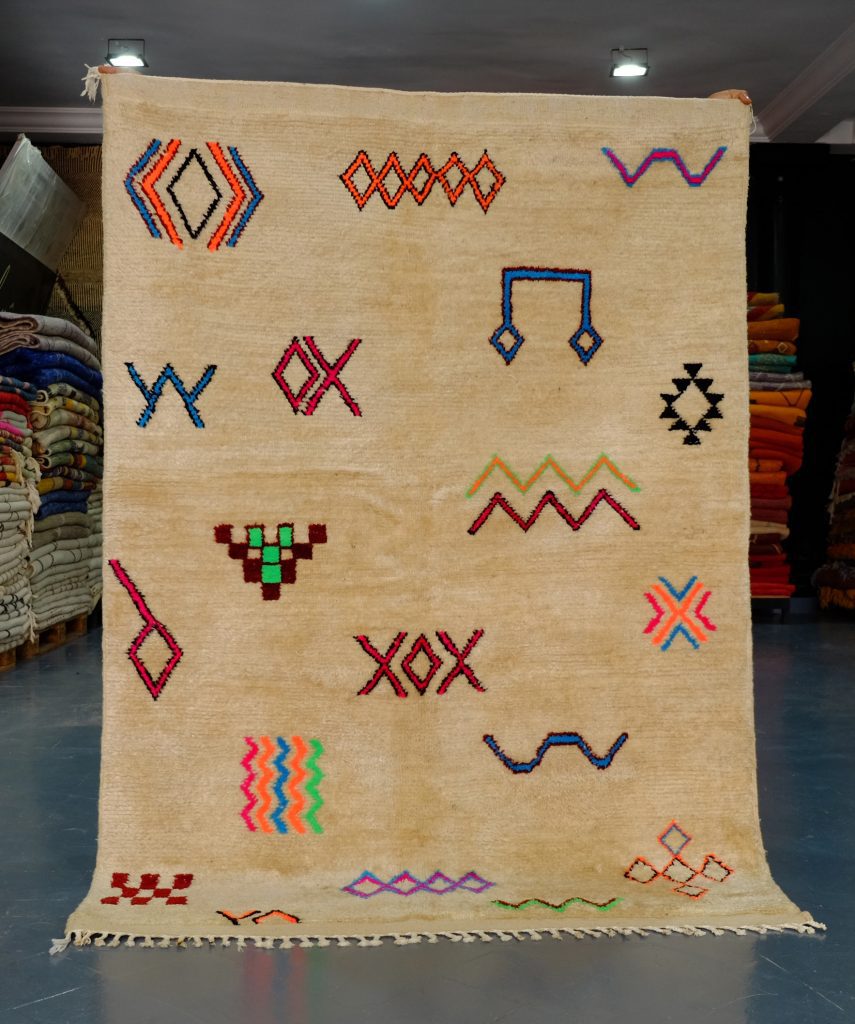
Beni Ourain carpets
Le Corbusier is credited with turning the heads of his fellow modernists to Berber weaving traditions. He used Beni Ourain carpets when he designed Villa La Roche in Paris in 1923–25. There are a number of rugs of the identical custom on the ground of Villa Mairea, Alvar Aalto’s rural retreat in Finland, and a photograph taken in 1938 of Frank Lloyd Wright’s Fallingwater in Pennsylvania reveals yet one more.

The Beni Ourain persons are thought to have lived within the Atlas Mountains from the ninth century AD, and the identify refers to 17 Berber tribes who primarily dwell there. The thick pilewoven, cream-colored rugs are historically created from the wool of the traditional breed of Beni Ourain sheep and have skinny black strains crisscrossing to type a diamond form. “That image is definitely an ‘X’ to represent peace and concord,” explains Amy Elad-Echariti, the founding father of the Marrakech-based homewares label Leith & Laila. Welad-Echariti, who married right into a household of Berber weavers, works straight with craftspeople throughout Morocco to champion their craftsmanship.

Beni Ourain rugs are historically made by ladies with no formal coaching and are woven from reminiscence.
Typically improvised and asymmetrical, within the context of an austere, modernist inside they supply much-needed heat. Within the Excessive Atlas Mountain area, the place Mount Toubkal stands as the very best peak in North Africa, they have been historically used as blankets and shawls. “One of many weavers I do know, Miriam, places her rug over her shoulders like a gown when she wakes up within the morning,” says Welad-Echariti.
Azilal Rugs History
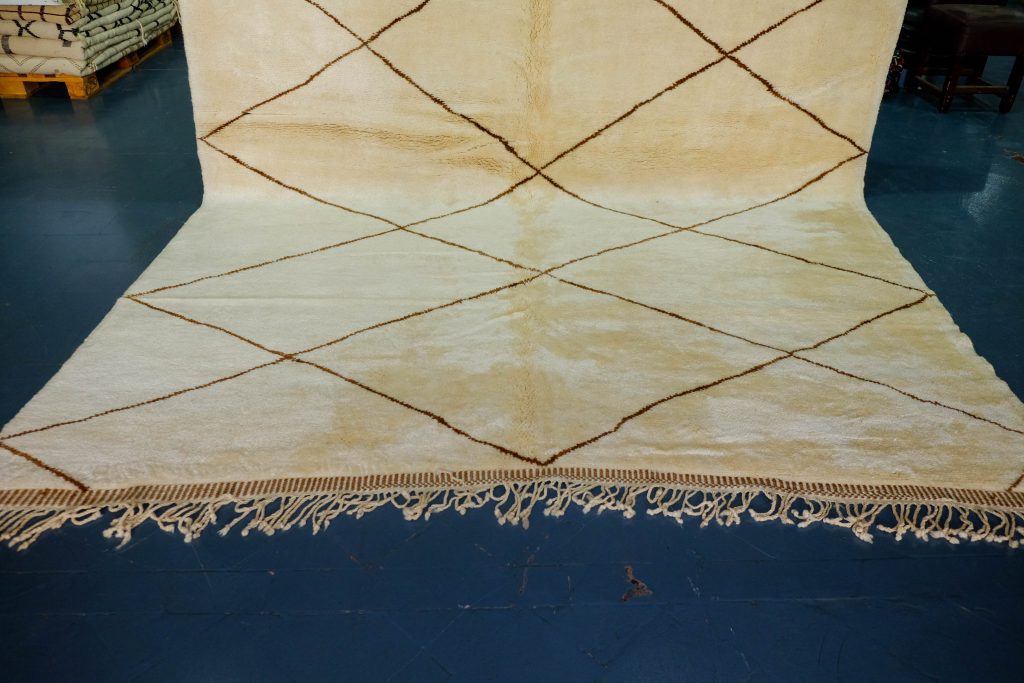
The rugs from the Azilal area of the Atlas Mountains are fairly a bit extra expressive. Utilizing the identical creamy wool because the Beni Ourain, the free-moving abstractions and crawling patterns are dense with symbolism. Every rug tells its personal story. “They incorporate symbols just like the Hand of Fatima or an evil eye for defense,” says Welad-Echariti. The tints of wool are dyed utilizing regionally obtainable crops and berries.
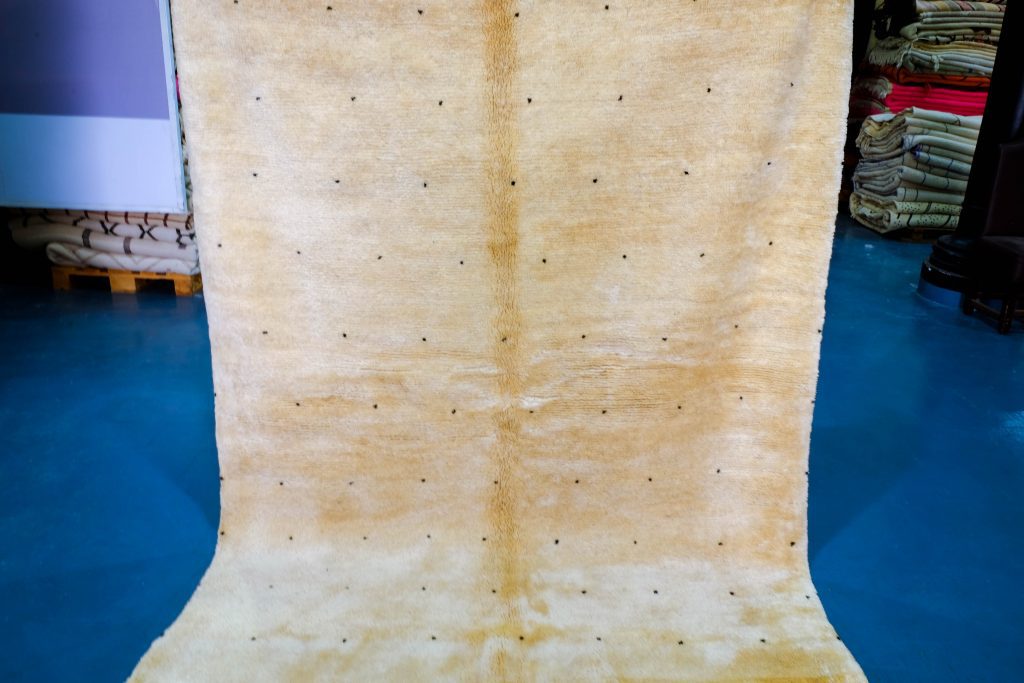
Boucherouite rugs
Comparatively, the Boucherouite rugs are a extra common weave and never essentially attributed to anybody Berber group. “These are one of many few rugs that don’t use wool,” says Ella Jones, founding father of east London boutique A New Tribe, which sells rugs sourced from Morocco and produced in direct collaboration with Berber weavers. “As an alternative, they use recycled textiles. These are made everywhere in the nation and are available from areas the place it’s not as straightforward to pay money for wool.” Jones has been working with Berber weavers ever since she began her personal rug model, The Rug Commerce, in 2013. She goes to Morocco twice a 12 months to work with the weavers and purchase rugs. “I purchase approach an excessive amount of,” she says, laughing. “Final time I purchased 60 rugs after I was meant to purchase 40.”
